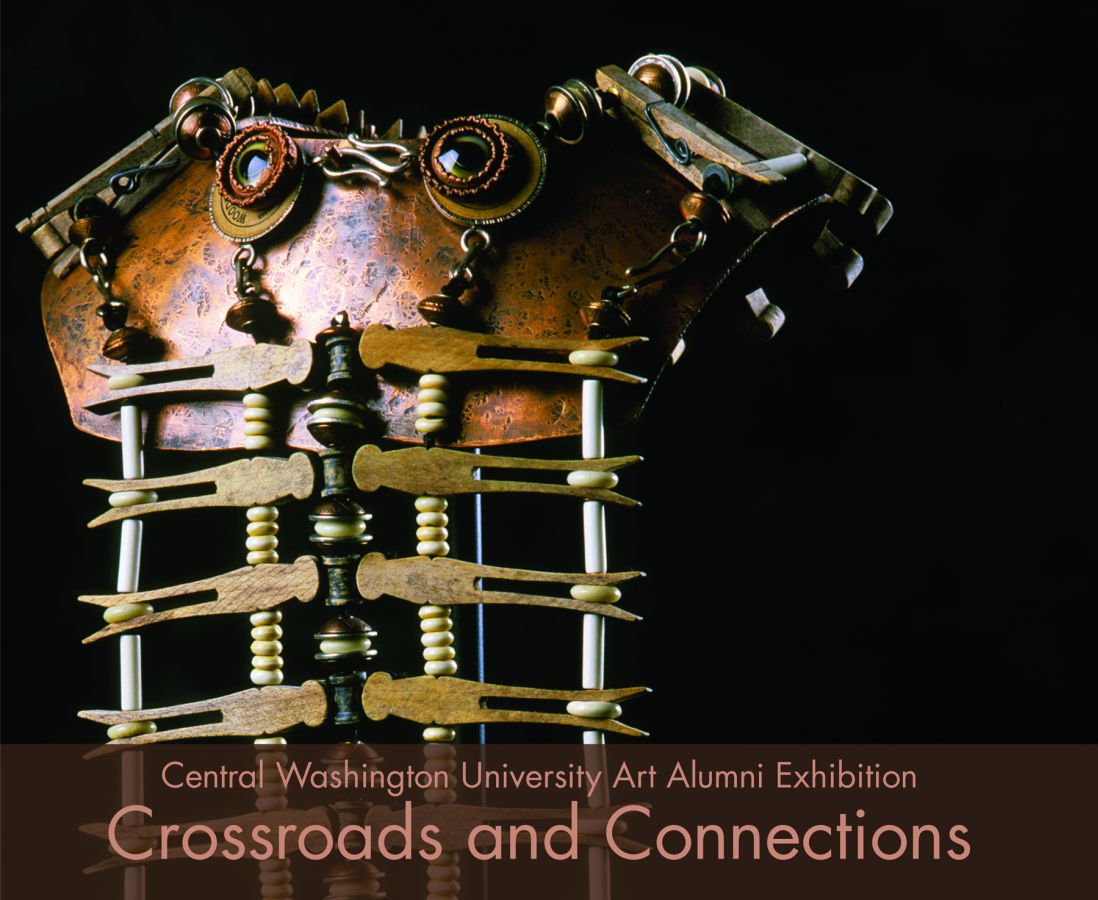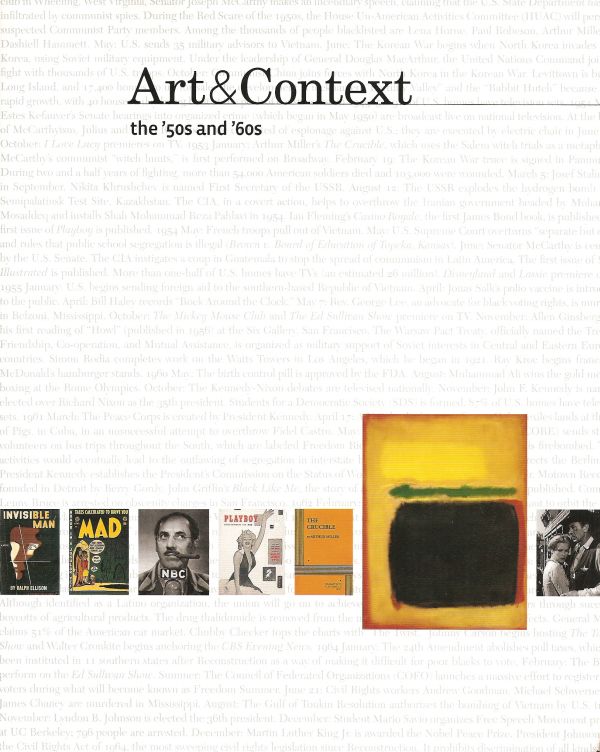Description
We don’t know their names. They don’t appear to have much money. Where they work what they believe in, how they vote—it’s a mystery. These five anonymous adults, a child, and a dog (with a human face!) comprise a statue group by noted Pacific Northwest artist Richard Beyer called “People Waiting for the Interurban.”
They’re patient, having stood for 20 years at a congested intersection near Seattle’s Fremont Bridge—one of the busiest drawbridges anywhere. They’ve been waiting, oblivious to cars, rumbling trucks, bus fumes, screeching brakes, bleating horns, bicyclists and pedestrians. The full-sized figures stand under a Victorian-style pergola expecting the arrival of Fremont’s long-defunct trolley, which will never come. They stand, lost in their own world.
Since its dedication in May 1978, “People Waiting for the Interurban” has become the best known public sculpture in western Washington. People can’t keep their hands off the cast aluminum figures—they’re protected from rain with umbrellas, decked out in warm clothes when it snows, dressed up in Santa suits at Christmas time and party hats for New Year’s, hold American flags on election day, and exhibit political signs and banners in response to current events. Seattle commuters take the Fremont route in the morning just to see “what’s with” the statues. It’s the kind of response that the artist has inspired in other communities, too, after the unveiling scores of works in parks, resorts, playgrounds, commercial buildings, and along city sidewalks.
The sculptures in brick, wood, and metal (particularly aluminum) portray icons and themes from Indian legends and Pacific Northwest history and lifeways. Distinct local creatures such as salmon, coyote, bear, Sasquatch, whales, and activities—storytelling, kissing, playing, watching TV—are a special inspiration to the artist. Persons of all ages interact with them—it’s “the art people love.”
The Art People Love is a perceptive, extensively illustrated overview of the work of the artist written by the person who knows him best—his wife, Margaret Beyer. In addition, The Art People Love serves as a guide to Rich Beyer’s sculptures located throughout the Northwest. Besides presenting the artist’s goals and views, Margaret Beyer highlights significant, and often controversial, issues in the selection and display of public art in the Pacific Northwest today.
Illustrations / photographs / index / 144 pages (1999)











